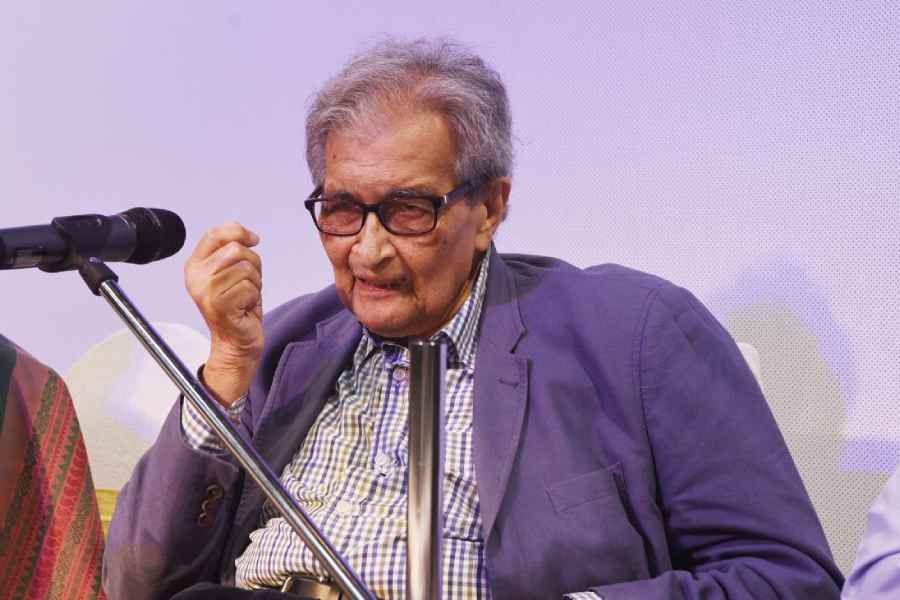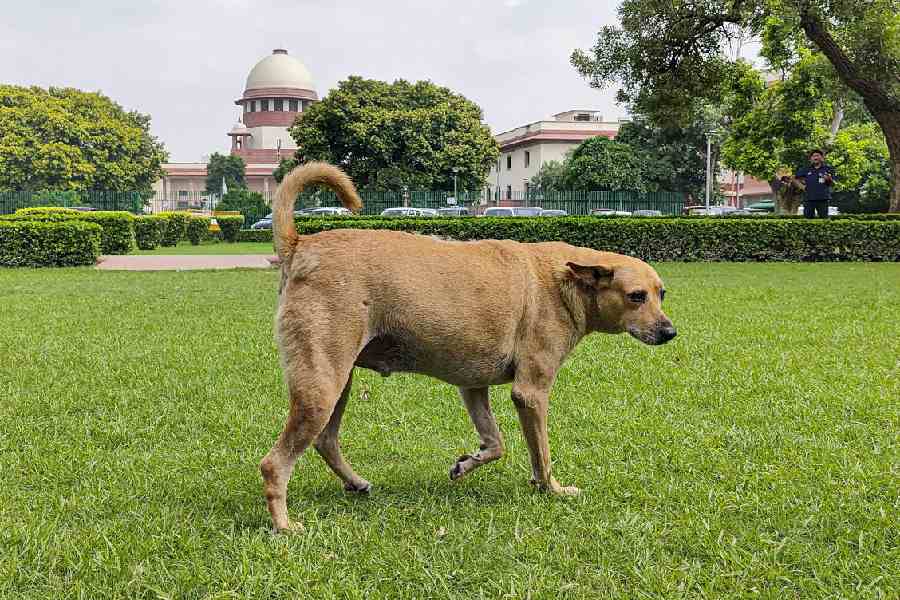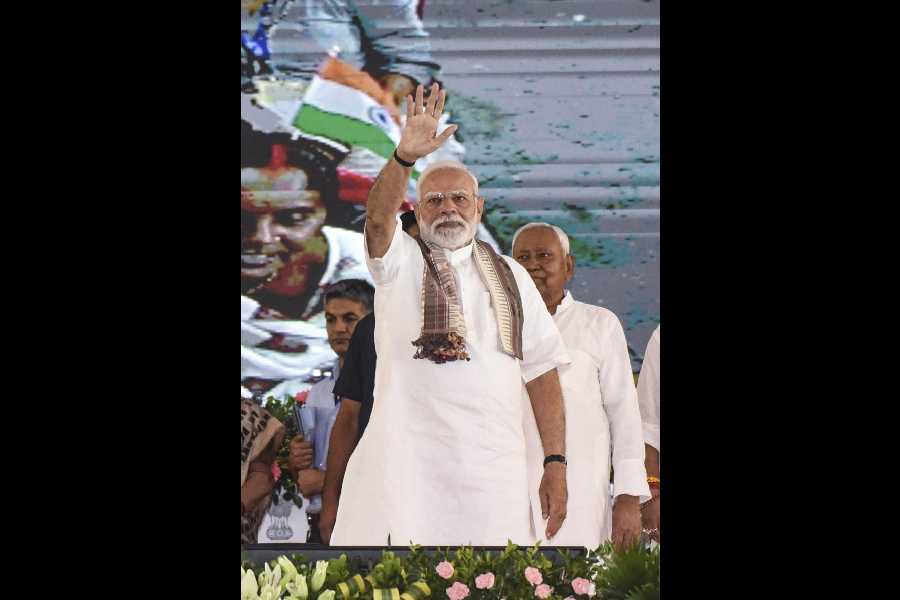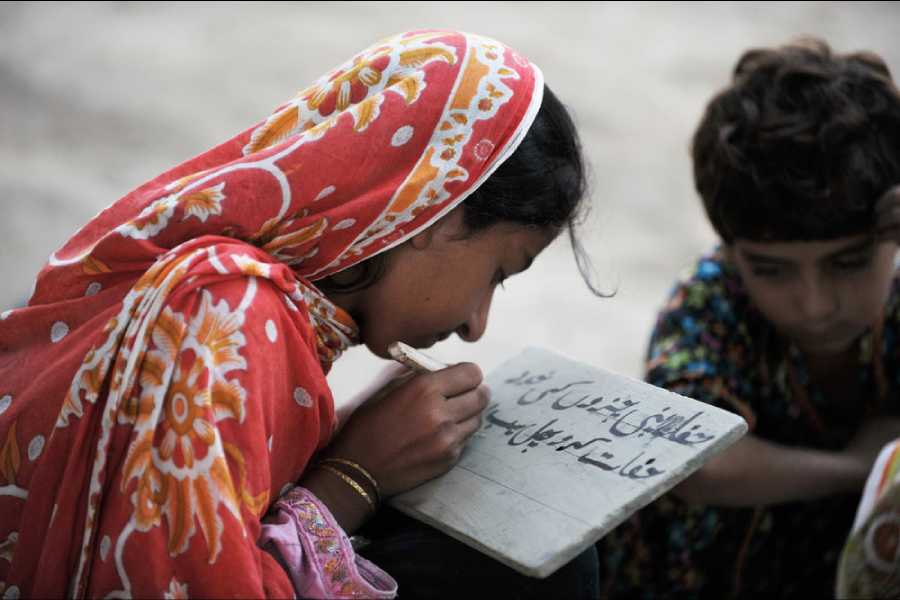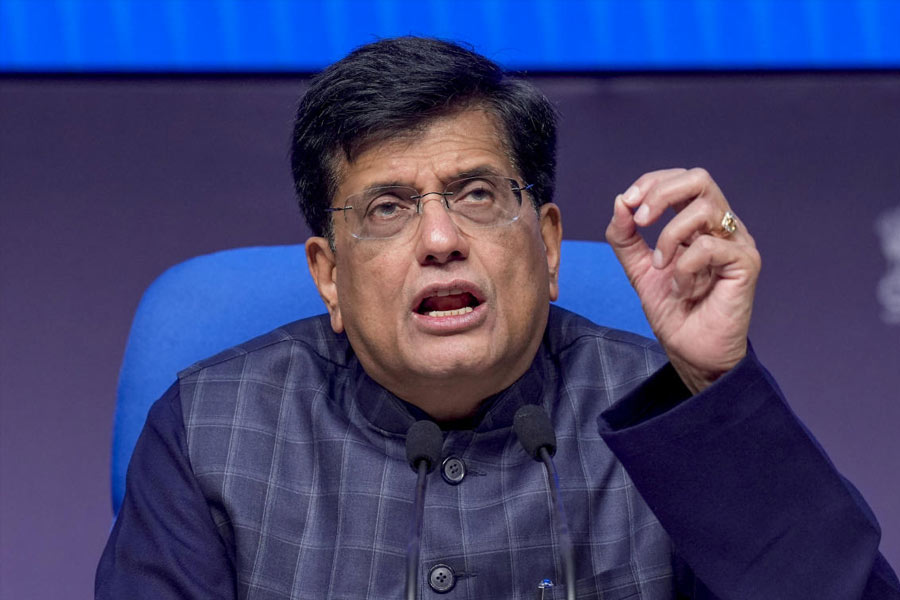 |
| Kosha mangsho |
A little known fact about Teesta Setalvad is that she’s a great cook. The firebrand activist who takes special pride in her mutton dishes was in town recently, and gave me a wonderfully simple recipe of a dish called Turki Kabab. I shall tell you all about it by and by, but the point I want to make is that some meat dishes are so easy to cook that they make you go all mushy.
Last week, if you remember, I mentioned meat dishes that needed a small hillock of spices and a great many hours on the stove. This week, I am going to recount some dishes that call for just a few ingredients — and are on the table even before you can say keema kaleji.
 |
| Saada keema |
A restaurant in Calcutta — called Koshe Kosha — has been celebrating all that is meaty — and simple. Its owner, foodie-cum-businessman Pradip Paul, mostly lives in Singapore. He came to Calcutta to set up an NGO, but since he was passionate about food — and especially loved his meat — he thought he’d introduce the city to his own favourite meat dishes. “Mutton dishes can be simple — yet so good,” he says.
For instance, his kosha mangsho — a dish of meat in very thick gravy — is cooked in the simplest of ways. He heats mustard oil, lightly browns sliced onions, ginger and garlic paste and bay leaves, adds sour curd, red chilli paste, cumin paste and turmeric powder to it — and then fries it for five minutes. Then he adds the mutton, and allows it to cook for 25-30 minutes. He adds salt and sugar and some garam masala to it — and the kosha mangsho is done.
My kosha mangsho — which I serve with soft white luchis — isn’t bad either. It’s not very different from Paul’s version, though I add the curd in the end, with roasted cumin powder (and I might as well admit, I add some Kashmiri mirch for the colour). But the end result is rather good, and friends are left licking their fingers.
Indeed, simply cooked mutton dishes — such as keema, my all-time favourite — are often the most delicious. Chef Joymalya Banerjee, who runs the innovative Bohemian restaurant in Calcutta, agrees. His favourite, he says, is a simple dish of spinach and mutton that his mother cooks for him. Madhulika Banerjee, in fact, prepares it for his birthday every year, for chef Joy simply loves it.
She tells me the recipe is as simple as it can be. She mixes the mutton with spinach paste, ginger-garlic paste, green chilli paste, mashed green papaya and curd, and keeps it aside for five or six hours. And then she cooks it in mustard oil.
 |
| Lal keema |
Teesta’s recipe is like that — sweet and simple. All that you have to do is mix some lamb pieces with garlic and ginger paste. Layer the bottom of a pan with the meat, and then top it first with a layer of potato roundels and then sliced tomatoes (for 1 kg of meat, you have to use 1 kg each of potatoes and tomatoes). Sprinkle salt and lots of ground pepper on top, and then insert some whole green chillies (with the stem up) in this. Add some oil and then cover and cook. That’s Turki Kabab, to be eaten with pao.
Koshe Kosha’s other specialities include a dish of saada (white) keema (cooked with a paste of cashew nuts) and Dhakai Mangsho (see recipe), which is a dish Paul learnt from his aunt who was (he confesses) actually from Noakhali. Both dishes demand just a few spices and masalas, and can be cooked in three or four simple steps. The entire process doesn’t take more than 35-40 minutes.
Simplicity has its own charm. Unfussy mutton — quite like its elaborate counterpart — can leave you, like that boy Oliver, asking for more.
Dhakai Mangsho (serves 1)
 |
Ingredients
• 165g mutton • 10g onion paste • 5g green chillies • 5g turmeric • 5g garlic paste • 5g ginger paste • 2g cumin powder • 5g garam masala • 50ml oil • 2g salt • 2g sugar
Method
Heat oil in a wok. Add onion, ginger and garlic and cook till they turn brown. Add green chillies, cumin powder and turmeric powder and fry for 10 minutes. Add the mutton and cook for 30 minutes.
Add garam masala. Add salt and sugar and serve hot.


